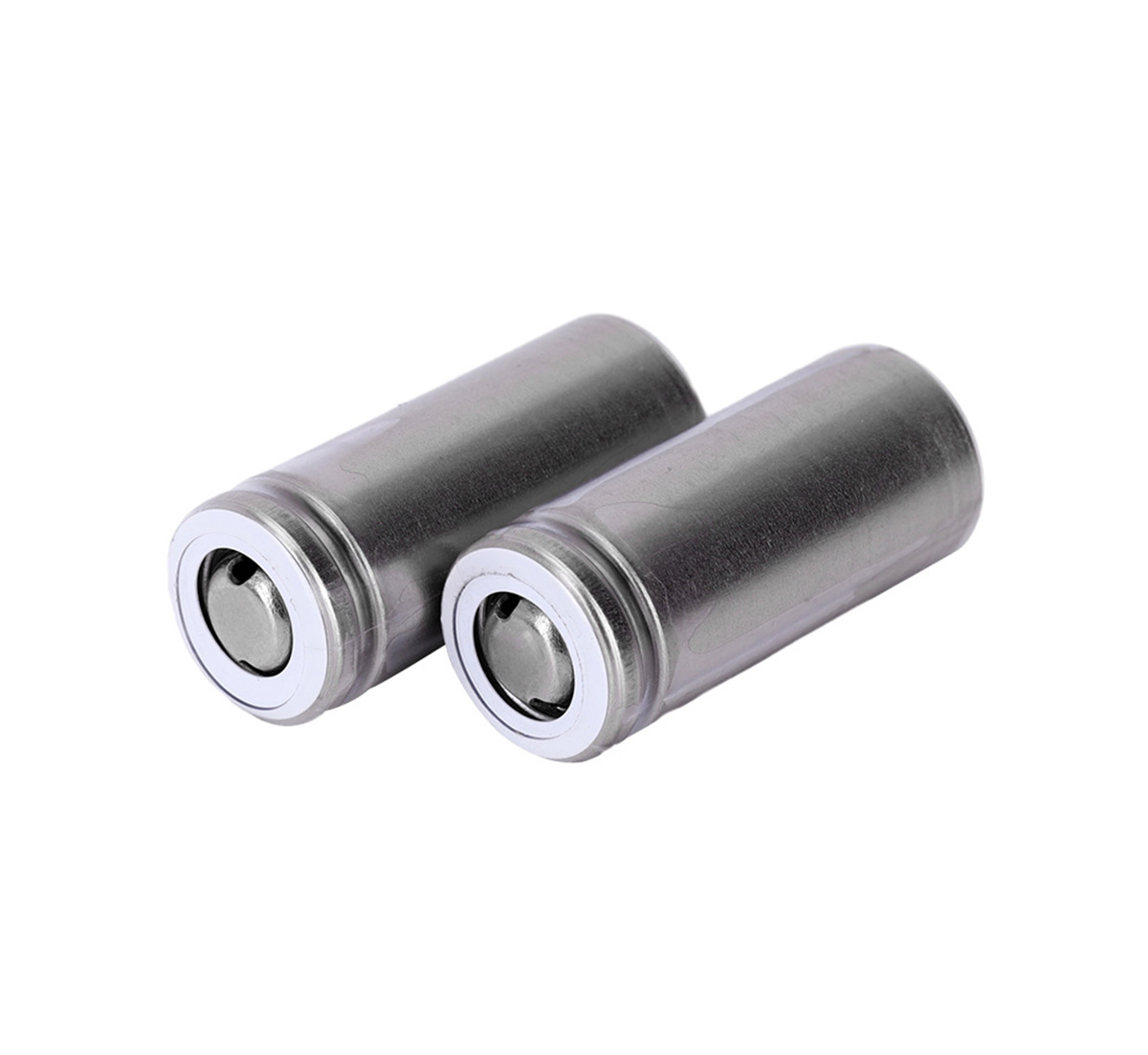Time:2024-03-11 Preview:1 source:News

The heart of an internal combustion engine vehicle is the power system, but the heart of a new energy vehicle is the battery system, because the quality of the battery system is directly related to the vehicle's mileage, ease of use, etc., and currently the biggest technical bottleneck for new energy powered vehicles is It is also limited to the battery system, such as charging time, charging efficiency, energy density, volume, material, safety or quality, etc.
Three major categories of batteries
Batteries used in automobiles are mainly divided into three categories, namely chemical batteries, physical batteries and biological batteries. They are: chemical batteries. Chemical batteries are battery systems that use the chemical reaction of substances to generate electricity. They are mainly divided into primary batteries and storage batteries. As well as four types of fuel cells and reserve batteries.
1. Primary battery is actually a disposable battery, which refers to a battery that cannot be used to restore the active material by normal charging methods after being discharged, such as zinc-manganese dioxide dry battery, lithium manganese battery, zinc-air battery and primary battery. Zinc and silver batteries are such disposable batteries.
Working principle of primary battery
2. Battery, also known as secondary battery, refers to a battery that can be recharged after being discharged by recharging the active material and continuing to use it. In fact, it is the most common rechargeable battery we currently have, such as lead-acid batteries and nickel-cadmium batteries. , nickel-metal hydride batteries and lithium-ion batteries, etc.
Related suggestion:
Misunderstandings about lithium battery discharge
Introducing the use and maintenance precautions for lithium batteries of balancing cars